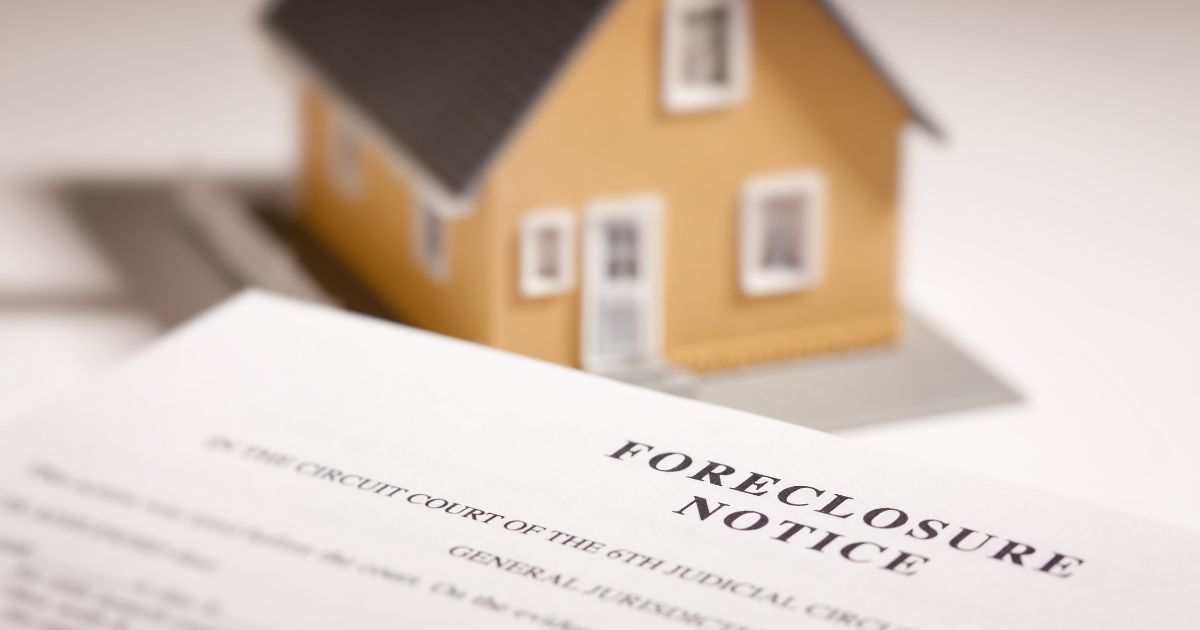What Is a Property Disclosure Statement?

When buying or selling a home in Maryland, one document stands out for its crucial role in the transaction: the Property Disclosure Statement (PDS). This legal document serves as a comprehensive account from the seller to the buyer, detailing the condition and specifics of the property in question. Understanding the PDS is essential for all parties involved in real estate transactions, ensuring transparency and informed decision-making.
Understanding the Property Disclosure Statement
The Property Disclosure Statement (PDS) is a form that sellers are required to complete. It offers detailed information about their property’s physical condition. It covers a wide range of aspects, including, but not limited to, structural integrity, water damage, pest infestations, and any renovations or repairs undertaken during the ownership period. The purpose of the PDS is to provide buyers with a clear understanding of what they are purchasing, highlighting any issues that could affect the property’s value or livability.
Key Components of the PDS
Structural Information
- For Sellers: Disclosing the integrity of the property’s structure is mandatory. This includes the foundation’s condition, walls, floors, and roof. Any known issues, such as water damage or structural repairs, must be reported. Failure to disclose such information can lead to legal repercussions post-sale.
- For Buyers: Pay close attention to the structural information provided. This section often indicates the property’s longevity and can hint at potential future expenses. If any disclosures raise concerns, consider consulting with a structural engineer for an independent assessment.
Systems and Utilities
- For Sellers: The state of the property’s electrical, plumbing, heating, and cooling systems must be accurately reported. This includes the age of these systems, known defects, and the history of maintenance or upgrades. Honesty in this area complies with legal obligations and builds trust with prospective buyers.
- For Buyers: Review the systems and utilities information carefully. These components are crucial for the home’s daily operations and can be costly to replace or repair. It may be beneficial to have professionals inspect these systems to verify the seller’s disclosures.
Environmental Concerns
- For Sellers: Environmental hazards such as lead-based paint, asbestos, radon gas, or mold must be disclosed. These issues can significantly impact the property’s safety and livability, and non-disclosure could lead to severe legal consequences.
- For Buyers: Environmental concerns should not be taken lightly. Exposure to these hazards can pose serious health risks. If the PDS indicates the presence of such hazards, consider further investigation by environmental inspection specialists.
Improvements and Additions
- For Sellers: Any improvements, renovations, or additions to the property should be detailed in the PDS, including the dates of these projects and whether proper permits were obtained. This transparency can enhance the property’s appeal by showcasing its current condition and building code compliance.
- For Buyers: Changes to the property over time can indicate how well it has been maintained and whether it aligns with current building standards. However, ensure that all modifications were performed legally, with the necessary permits and inspections.
Legal Issues
- For Sellers: Disclosure of any legal issues tied to the property, such as easements, zoning violations, or liens, is crucial. These factors can affect the buyer’s property usage and should be transparently addressed to avoid future disputes.
- For Buyers: Be aware of any legal encumbrances or obligations associated with the property. Such issues can impact your ownership rights and may require legal consultation to fully understand their implications.
An Annapolis Real Estate Lawyer at Oliveri & Larsen Helps You Navigate Your Real Estate Transaction
The PDS is a foundational element of real estate transactions in Maryland. Both buyers and sellers must give this document the attention and seriousness it deserves. To learn more, speak with an Annapolis real estate lawyer at Oliveri & Larsen. Call 410-295-3000 or contact us online to schedule your consultation. Located in Annapolis, Maryland, we serve clients in Ocean City, Anne Arundel County, Baltimore County, Baltimore City, Calvert County, Harford County, Howard County, Queen Anne’s County, St. Mary’s County, Worcester County, Kent County, and the upper and lower Eastern Shores of Maryland.
